Istanbuls Metrobus: A Fast and Efficient Transport System
The Istanbuls Metrobus is a vital public transportation system that combines the flexibility of a bus with the efficiency of a metro. Designed to operate on a dedicated lane, it guarantees rapid and uninterrupted travel across Istanbul’s sprawling urban landscape. Spanning approximately 50 kilometers, the Metrobus serves as a critical link between the European and Asian sides of the city, offering a seamless and stress-free commute. By crossing the iconic Bosphorus Bridge, the Metrobus provides both locals and visitors a unique opportunity to experience Istanbul’s geographical and cultural diversity.
As Istanbul continues to grow, with its population exceeding 15 million, the Metrobus has become an indispensable part of the city’s transport network. This innovative system addresses traffic congestion by providing a reliable alternative to private vehicles and conventional buses, which often face significant delays during peak hours. The Metrobus is a testament to the city’s commitment to modernizing its infrastructure while preserving its connectivity and accessibility.
History of the Metrobus
The Metrobus system was first introduced in 2007 as a bold response to Istanbul’s escalating traffic issues. Its hybrid nature, blending the characteristics of a bus and a metro, inspired its name. Initially, the system connected Avcilar and Zincirlikuyu, two bustling districts on the European side of the city, spanning just 18 kilometers. Despite its limited scope, the Metrobus quickly gained popularity due to its efficiency and reliability.
Over the years, the Metrobus network has undergone significant expansions. In 2012, the line was extended westward to Beylikdüzü, a rapidly growing residential area, and eastward across the Bosphorus to Söğütlüçeşme, marking its entry into the Asian side of Istanbul. Today, the Metrobus features 45 stations, covering key residential, commercial, and industrial areas, and catering to the daily transport needs of millions of passengers.
This expansion reflects the city’s vision to create a fully integrated transportation system that accommodates Istanbul’s dynamic urban growth. The Metrobus has evolved into more than just a transportation line; it is a lifeline for the city, connecting diverse communities and facilitating economic activity.
Routes and Key Stations
The Metrobus route strategically connects various parts of Istanbul, providing a reliable and direct path through the city’s complex road network. By avoiding standard traffic lanes, it ensures uninterrupted service even during rush hours. Key stations along the Metrobus route include:
- Avcilar: The starting point on the European side, serving as a gateway to residential areas and university campuses.
- Zincirlikuyu: A vital transport hub with connections to metro and bus lines, providing access to Istanbul’s business districts and shopping centers.
- Bosphorus Bridge: A unique highlight of the route, offering passengers a scenic view of the Bosphorus Strait and the city’s skyline.
- Söğütlüçeşme: The terminal station on the Asian side, connecting passengers to train lines and other public transport systems.
The Metrobus route caters to a wide range of passengers, from daily commuters to occasional travelers. Its strategic placement ensures that residential neighborhoods, business districts, and tourist areas are all within easy reach. The total travel time for the entire route ranges between 90 and 120 minutes, depending on the time of day. Despite this variation, the Metrobus remains significantly faster than conventional buses and private vehicles.
Frequency and Operating Hours
- Frequency: During peak hours, Metrobuses run every 1-2 minutes, ensuring minimal wait times for passengers. During off-peak hours, the frequency decreases to every 5-10 minutes.
- Operating Hours: The Metrobus operates 24/7, making it one of the few public transportation systems in Istanbul available around the clock. Night services run at reduced intervals, catering to late-night commuters and travelers.
The 24/7 operation of the Metrobus is particularly beneficial for Istanbul’s workforce, which includes many shift workers and professionals with unconventional schedules. Its high frequency during peak hours alleviates overcrowding, ensuring a smoother commute for passengers.
Benefits for Commuters
The Metrobus offers numerous advantages that make it a preferred mode of transport for millions of Istanbulites:
- Speed: Thanks to its dedicated lane, the Metrobus bypasses traffic congestion, significantly reducing travel times compared to other forms of public or private transport.
- Efficiency: The system connects densely populated residential areas with major business hubs and commercial zones, facilitating a seamless commute.
- Interconnectivity: The Metrobus integrates with Istanbul’s extensive public transportation network, including metro lines, tramways, and ferries, allowing passengers to switch modes easily and reach their destinations with minimal hassle.
In addition to its practical benefits, the Metrobus promotes environmental sustainability by reducing the number of private vehicles on the road, contributing to lower carbon emissions and improved air quality in the city.
Relevance for Tourists
While primarily designed for daily commuters, the Metrobus also offers unique advantages for tourists exploring Istanbul. Its extensive route and connectivity make it an excellent option for reaching both popular landmarks and lesser-known areas. Tourists can use the Metrobus to:
- Access the Bosphorus Bridge: Enjoy stunning views of the Bosphorus and capture memorable photos during the ride.
- Explore local neighborhoods: Visit residential areas on both sides of the city to experience the authentic lifestyle of Istanbulites.
- Connect to other transport modes: Use the Metrobus as a starting point to transfer to metro, tram, or ferry services for further exploration.
For those arriving in Istanbul by air, the Metrobus provides an efficient way to travel from suburban neighborhoods to the city center. Its connection to other transport systems also facilitates access to major tourist attractions, such as the Grand Bazaar, Sultanahmet, and Üsküdar.
Tips for Travelers
- Use the Istanbulkart: This versatile travel card simplifies payments and provides discounts across all public transport systems.
- Avoid peak hours: To enjoy a more comfortable ride, avoid traveling during rush hours (07:00-09:00 and 17:00-19:00).
- Plan your journey: Familiarize yourself with the Metrobus route map and key transfer points to optimize your travel experience.
- Stay alert: The Metrobus can be crowded, so keep an eye on your belongings and remain aware of your surroundings.
Conclusion
The Istanbul Metrobus represents a modern and efficient solution to the city’s longstanding traffic problems. Its speed, reliability, and extensive coverage make it an invaluable resource for both residents and visitors. Whether you’re commuting to work, exploring the city’s cultural landmarks, or crossing the Bosphorus for a scenic journey, the Metrobus offers a practical, affordable, and environmentally friendly way to navigate Istanbul’s vibrant urban landscape.
As Istanbul continues to evolve, the Metrobus remains a cornerstone of its transportation network, bridging continents and connecting communities. For anyone seeking an efficient and unique travel experience in this dynamic city, the Metrobus is an excellent choice.



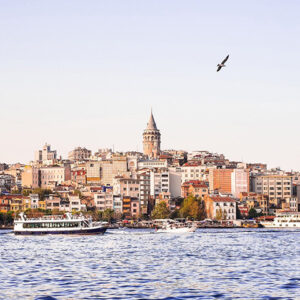

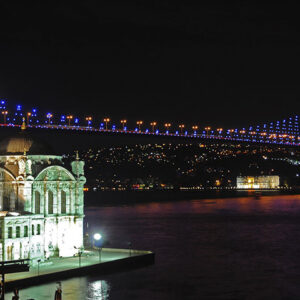

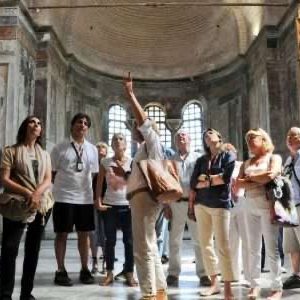

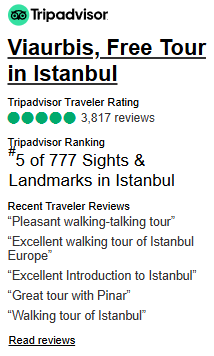

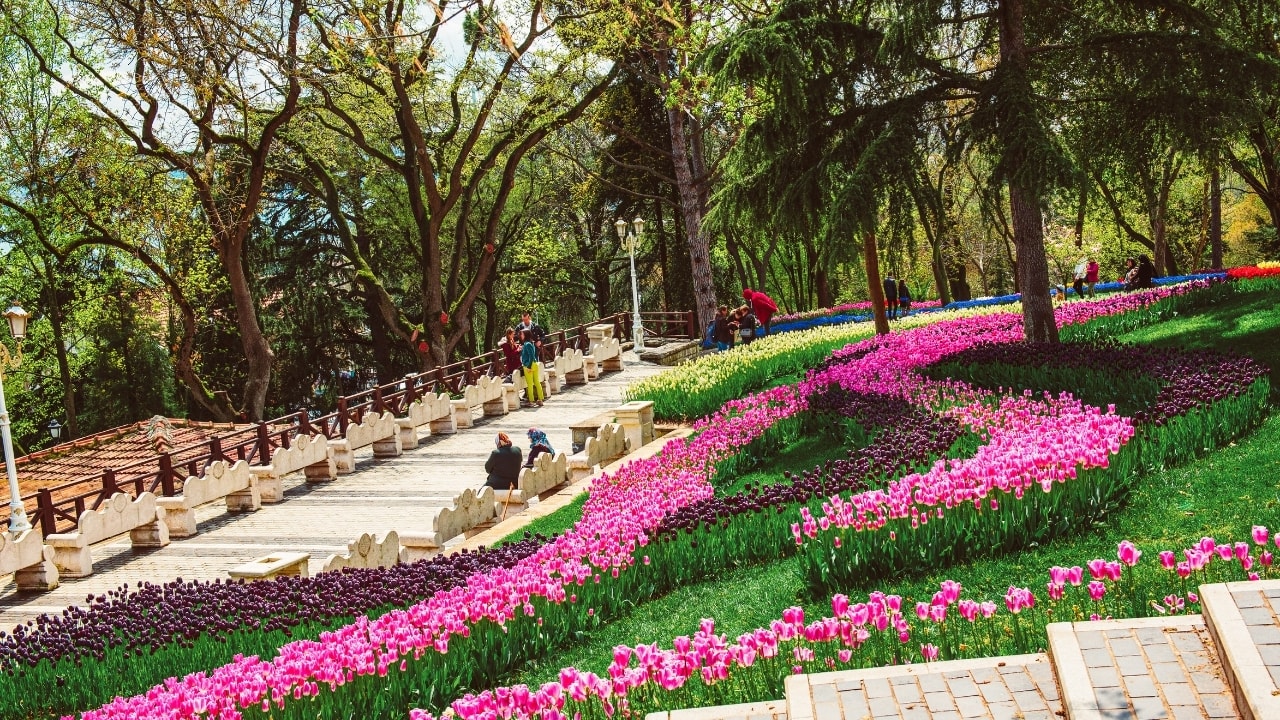


3 thoughts on “Istanbuls Metrobus”
★★★★★
Exploring ‘Istanbuls Metrobus’ exceeded all my expectations. A perfect combination of culture, beauty, and knowledge.
★★★★★
Learning about and visiting ‘Istanbuls Metrobus’ was both fun and educational. Everyone should experience this!
★★★★★
Every moment spent at ‘Istanbuls Metrobus’ was filled with wonder and learning. It’s a place I will always cherish.